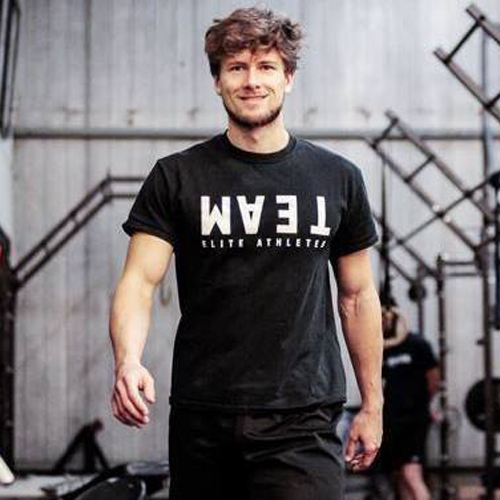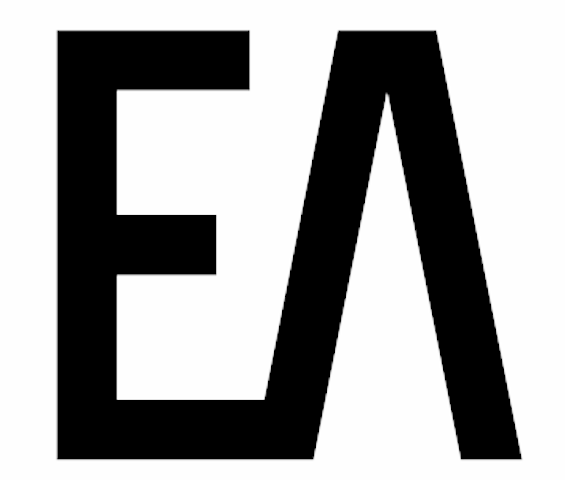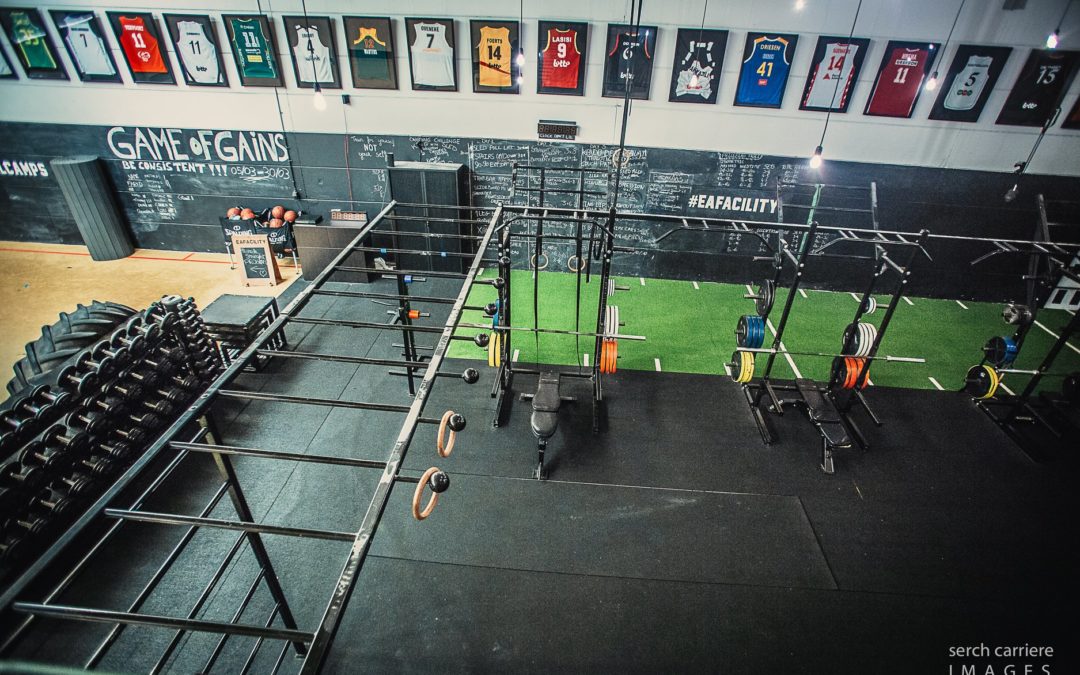One of our U16 players, Len, recently had a small thumb injury. As Len was around most of the week to get
in extra off-court work, we made him a program to get his strength training in every day and explained to
him what kind of thinking process we used to make this simple program.
Two days later Len was teaching strength training to one of our U14 kids. He was using the small coaching
cues for each exercise and made a program that covered all basic 5 patters we taught him should be in the
program.
I really enjoyed seeing this happen as for me it is a sign of us coaches empowering our kids to understand
our teaching and not just instruct them. Second, I feel it showed that we are building towards a continuity
of our program where players could coach at our camps and contribute to our program by learning both
on the training and coaching side.
__
To return to the topic of this article I’d say that after close to 10 years of teaching strength training to kids,
weekend warriors in our training facility, and professional athletes from different sports I have learnt that
strength training can be made both a very complicated and very easy task.
Theories can be made and tested on what is the most efficient or “best” method and all of that, but at the end,
as a teacher within a sport we have to deal with logistics of “never enough time,” limited materials and space,
etc etc.
The method we use for our academy kids is based on the philosophy of the book Easy Strength. It was written by Dan John and Pavel Tsatsouline some years ago. The simplicity of their message felt to me as a sign of two men with decades of experience in the field that really fathomed the essence.
The “Basic Six” patterns we include in each strength session:
1. Pushing – e.g. push up or press
2. Pulling – e.g. chin up or row
3. Squatting – e.g. two leg Goblet squat or split squat
4. Hinging – e.g. trap bar deadlift or single leg deadlift
5. Carrying things – e.g. Farmers Walk
6. Explosive lift – e.g. dumbbell snatch or kettlebell swing
In the video below (strength starts at 57s) you see Deacon and I go through day 1 of our Academy Player’s current off-season training program.
So there you have the five basic lifts we try to get in a couple times week. Of course within those Basic Five a
lot of differentiation can be made. Our aim is, just like with the on-court training, to keep each player
engaged and challenged with each exercise they do while seeing the next step or progression head.
Like in a video game “the level up” approach really works to motivate the kids and make strength training a rewarding part of their weekly practice where in the initial stage results are measurable and quite instant.
To achieve this, we have made a simple one pager or “Master List” with progressions and regressions for all strength moves we implement in the program. This idea is based on how Michael Boyle (https://amzn.to/34qlxrl) runs one of the most successful strength programs in Boston and adapted to our own style.
An example:
If a player can do a proper push up for 8 to 10 reps, we will let them try a Feet Elevated Push Up for 8. If they
are able to get that one, they might go for Push Ups in the gymnastic rings. Similarly, if a player is unable to
get in a proper push up, we regress it for a while towards a Hand Elevated Push Up so they learn proper full
body engagement before progressing up again.
Push Up Regression
Push Up Progression
For each exercise of the Basic Five patterns we have made a list with exercise regressions, progressions – and
variations that we use to make our strength training system easy-to-use and enjoyable for both players and
coaches.
References
Easy Strength by Dan John and Pavel Tsatsouline
Advances in Functional Strength Training by Michael Boyle

Olivier Goetgeluck is co-founder of Elite Athletes and has the role of Play-Perform Director at the Elite Academy. He is educated as an instructor at Fighting Monkey Practice. Follow Olivier through instagram @goetgeluck or connect at olivier.goetgeluck@eliteathletes.be.

